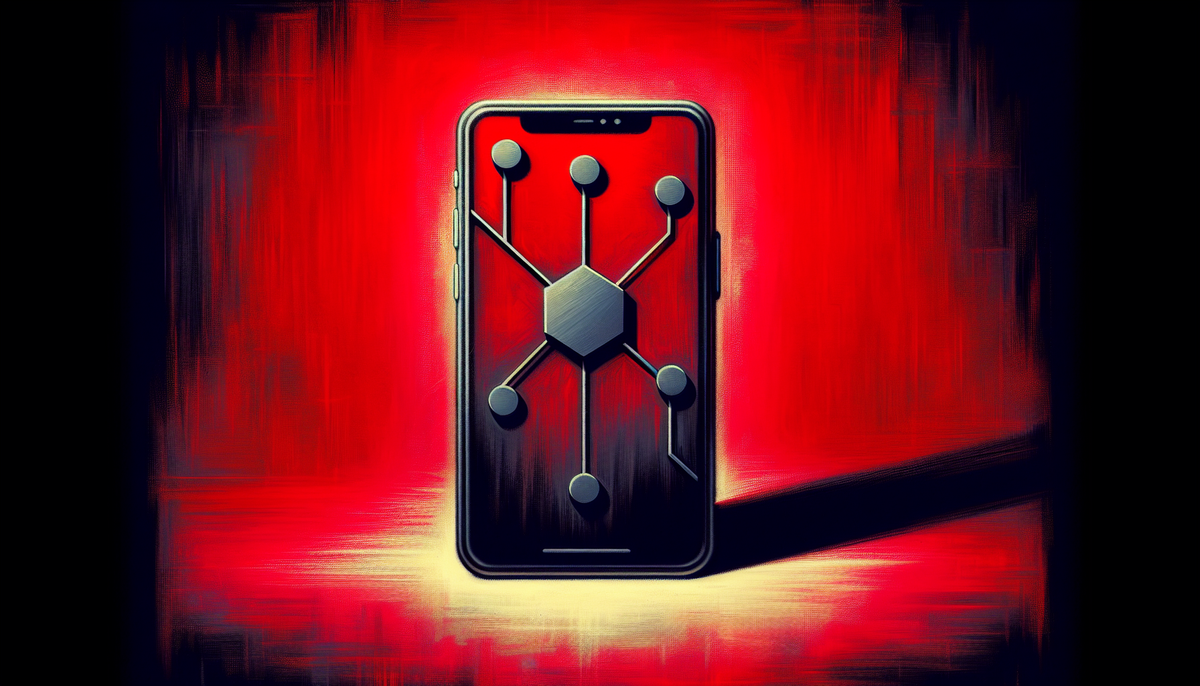Apple Opens iPhone NFC for Crypto Payments, Circle CEO Hints at USDC Integration

Bitcoin and cryptocurrencies have gotten a significant boost this year. First, there was a big shake-up on Wall Street. Then, former President Donald Trump surprised everyone with his support.
Earlier this year, Bitcoin's price jumped back above its previous all-time high, hitting over $70,000. Although it has since fallen, many experts believe we could see another price surge before the end of 2024.
Recently, a leak hinted at a potential crackdown on Bitcoin and the crypto market by U.S. regulators. In response, Apple announced a major update to its Apple Wallet. One crypto executive called this update “powerful.”
Apple will now allow third-party developers to use the iPhone's near-field communication (NFC) chip for transactions. This change comes after years of pressure from European regulators pushing Apple to open up its platform.
With this update, iPhone users can choose a third-party payment app as their default. This could include options for Bitcoin, cryptocurrency, or stablecoin payments. Stablecoins, like Tether's USDT and Circle's USDC, are cryptocurrencies pegged to traditional currencies, usually the U.S. dollar.
Jeremy Allaire, CEO of Circle, which develops the USDC stablecoin, shared on X that “Tap to pay using USDC on iPhones” is coming soon. He encouraged wallet developers to “start your engines.”
Allaire explained what this update means for developers and point-of-sale (PoS) companies. This will allow a PoS system to tell an iPhone what blockchain address it will accept USDC on or the amount to pay. The iPhone wallet app can then prompt the user to confirm the payment—perhaps using FaceID—and initiate the transaction over the blockchain.
He added that when combined with high-performance, low-fee blockchain networks, this opens a powerful pathway for direct payments to merchants using USDC.
However, Apple will require developers to pay “associated fees” to use the NFC chip. They will also need to enter a “commercial agreement.” This means only “authorized developers who meet certain industry and regulatory requirements” can access the system.
Apple plans to roll out this program in Australia, Brazil, Canada, Japan, New Zealand, the U.S., and the U.K. Interestingly, they did not mention the European Union, which has been a strong advocate for this change.
